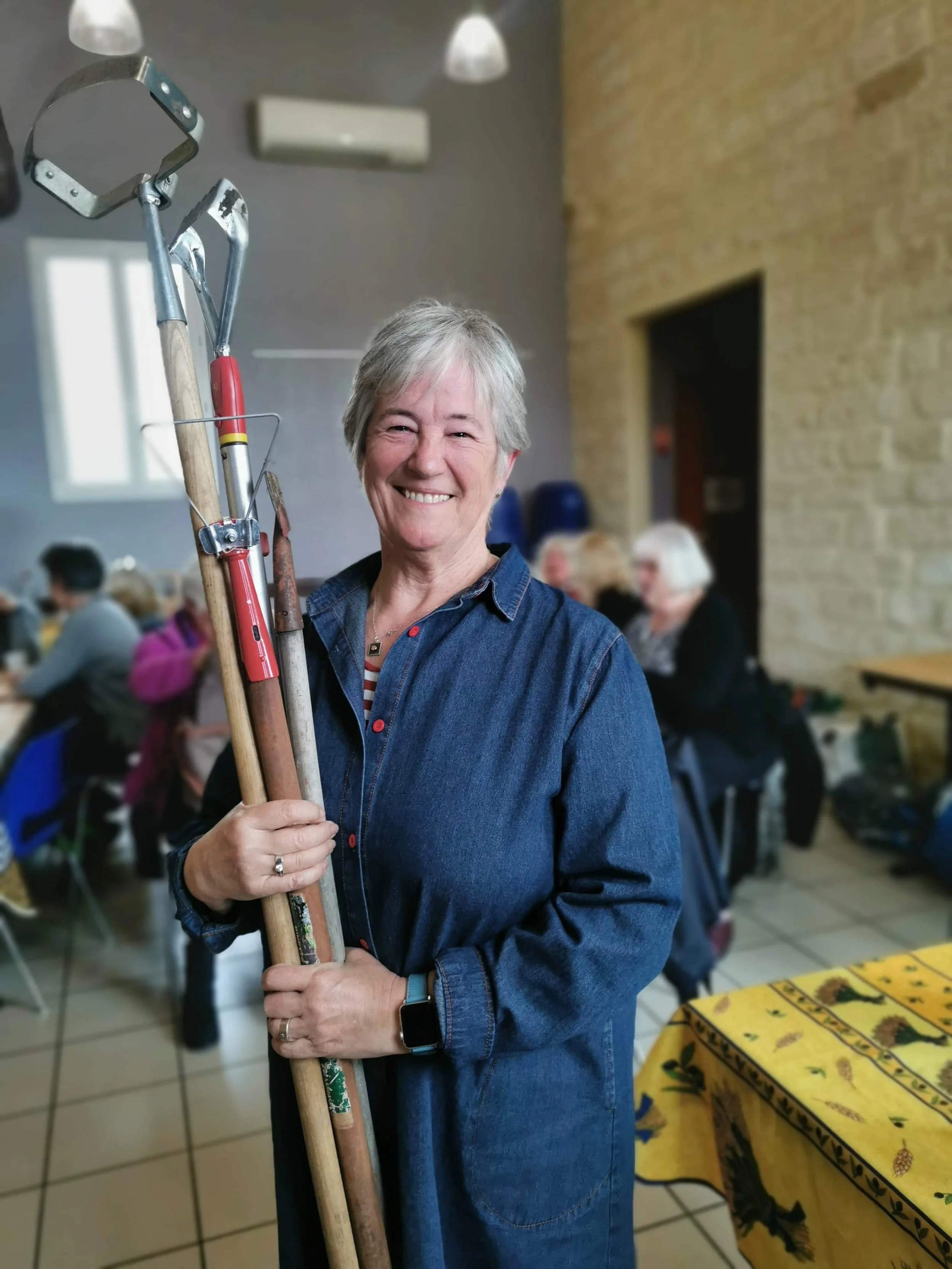The wonder of Kelvedon Wonder
Can there be anything much more delicious than early spring peas with a generous knob of salty butter? I think all vegetables are my favourites when I haven’t tasted them for nine months. Looking forward to delicious home-grown peas, or tomatoes, or agretti, or new potatoes straight from the potager is one of the greatest joys in life.
Today I sowed Kelvedon Wonder peas. In theory they should be ready 75 days from now, so I should be enjoying them on 10 April. That’s Good Friday. Luckily I’m not a Christian otherwise I might have to fast which would be an awful waste of a pea-eating day.
What the pea-breeders say: ‘This super-early dwarf variety reaches only about 18 inches tall, requiring no staking. Highly recommended for succession sowing; also a great variety for container planting or cold-frame growing. Produces heavy crops of sweet, small peas, often eight per pod; typically yields two fat pods per node. Resistant to pea wilt and downy mildew.’
Sounds perfect, wouldn’t you say? I’ve grown them before and they are very sweet and wrinkly. My mouth is watering at the thought.
The Kelvedon Wonder was bred in the late 19th century by E W Deal & Sons in Inworth which is a small village in the civil parish of Messing-cum-Inworth, just two miles from Kelvedon. As a woman with East Anglian roots it pleases me to grow something from my neck of the woods.
These seeds are hardy little monkeys and would survive outside in the potager perfectly well whatever the weather. However, I know that I have lots of voles and other mice in the potager (especially in the compost bin). Mice love pea seeds. I don’t want to feed the mice more than necessary. I don’t want to kill the mice. So I am growing the peas in the greenhouse until they are strong enough to punch the odd vole on the nose. Or more to the point, voles prefer seeds to the actual plants so they’ll have a better chance of surviving once grown up a bit.
Here’s the process:
Mix potting compost with lots of water and tamp it down so that it holds together when picked up. Then use the blocking machine to make blocks of four at a time.
Place the blocks in a seed tray.
Add more blocks until the trays are full then multi-sow two peas per block. They will grow perfectly happily side by side. Like peas in a pod they prefer company.
Cover with more potting compost and water before putting lids on the trays. This is not for heat but to prevent mice in the greenhouse from enjoying a banquet before the seeds even get going.
That’s it for a while apart from a little watering if they look dry. Once the plants are a few centimetres high I’ll plant them out in the vegetable beds and cover them with fleece to reduce the chance of vole attacks.






